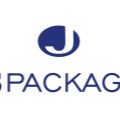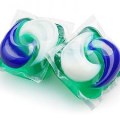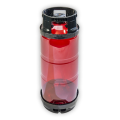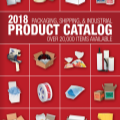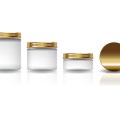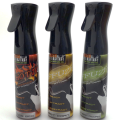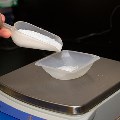If this is your company, CONTACT US to activate Packbase™ software to build your portal.


Counterfeit goods can be an incredibly serious threat. The end-user has the most immediate connection to the potential harms, but they can impact every participant in the sale, too. This includes the retailer and the brand itself. If you don't counteract or prevent counterfeit packaging, the repercussions can be widespread and long-lasting. Learn more about assessing the threat for your business and put the right measures in place to protect your brand.
If You Don't Prevent Counterfeit Packaging
When left unchecked, counterfeit goods can have a real domino effect on your business and on the market, too. They can jeopardize consumers, pose safety risks due to unregulated ingredients, and even in their mildest form, they can fail to perform anywhere close to the real product.
They also have a negative effect on the success of an individual manufacturer and the economy overall. Without anti-counterfeiting technologies, the manufacturer's profitability may be at significant risk. It can also lead to consumer confusion or distrust of the existing brand.
If a consumer has a bad experience with a counterfeit item and they associate it with the actual brand, it rarely remains isolated. Add consumer use of social media to the mix and even the best marketing teams can have a significant problem on their hands.
In the age of information, trust has become an important type of currency. It can be difficult to acquire and very easy to lose. Because of the potential for perpetuation, counterfeit goods pose the biggest threat to a brand's ability to establish and maintain trust.
Will Regulations Protect You?
Some legislation, such as the "Stop Counterfeiting in Manufactured Goods Act" of 2006, has aimed to help with anti-counterfeiting efforts. Such regulations were passed in an attempt to stop the loss of tax revenue, jobs, and general unpredictability that comes with the prevalence of counterfeit goods. There has no doubt been some positive impact from the law, but counterfeiters are continuing to do their worst.
There remains a serious need to prevent counterfeit packaging, even though there have been advancements in regulation. Increased e-commerce has also had a significant impact on the growth of counterfeit products and packaging. Counterfeiters have exploited the direct access they can get to consumers and the market continues to move much quicker than regulations.
Counterfeiting doesn't seem to be slowing down any time soon, either. According to a report from Markets and Markets, the anti-counterfeit packaging is still in great demand and market size is estimated to grow from $82.05 Billion (USD) in 2015 to $153.95 Billion by 2020.
What Should Your Business do to Prevent Counterfeit Packaging?
Many industries need to be aware of these trends, but it is a particularly important subject for businesses dealing in pharmaceuticals, nutraceuticals, healthcare, and food and beverage. The need to prevent counterfeit packaging is high, but there are ways to help your product.
If you would like additional help with sizing up the threat to your business and exploring anti-counterfeit technologies for your packaging, check out our next blog post and contact MJS Packaging today.


